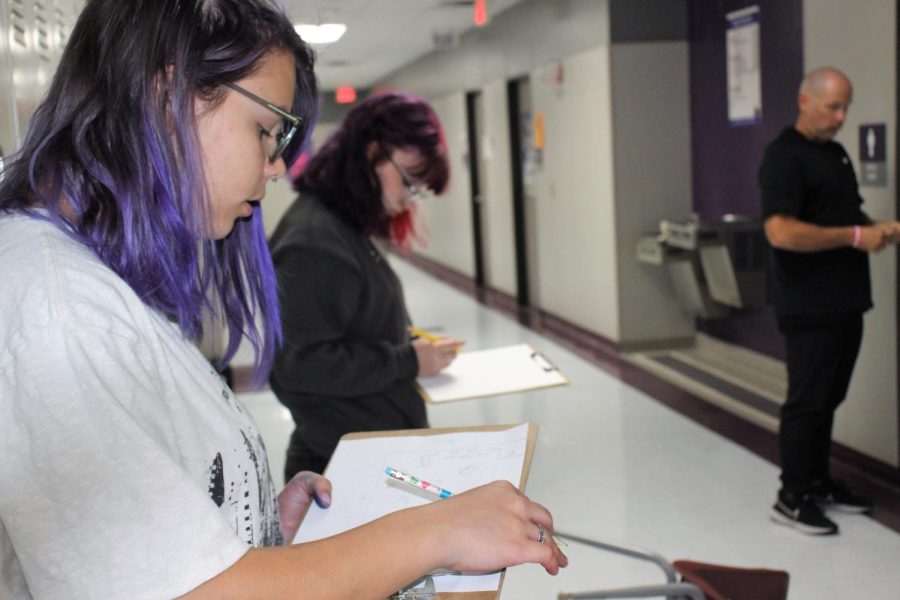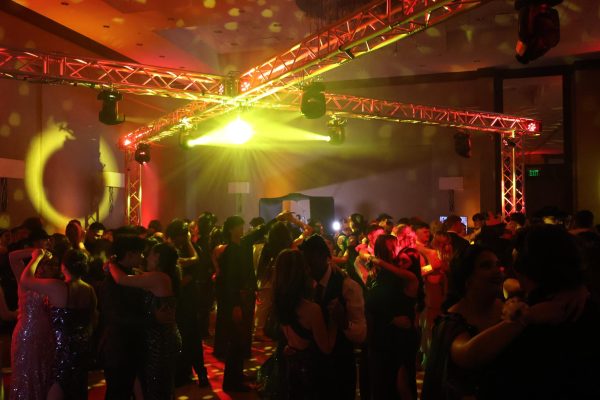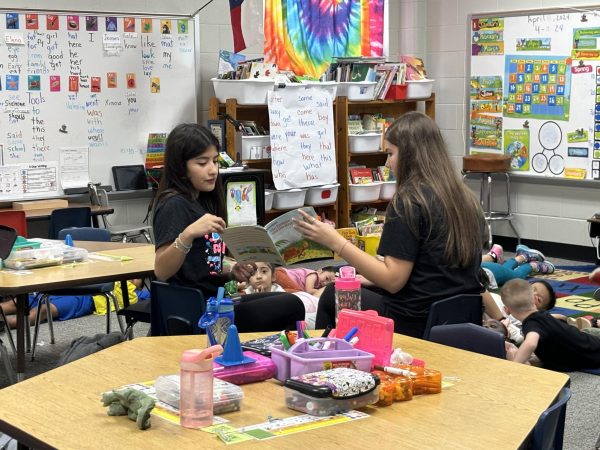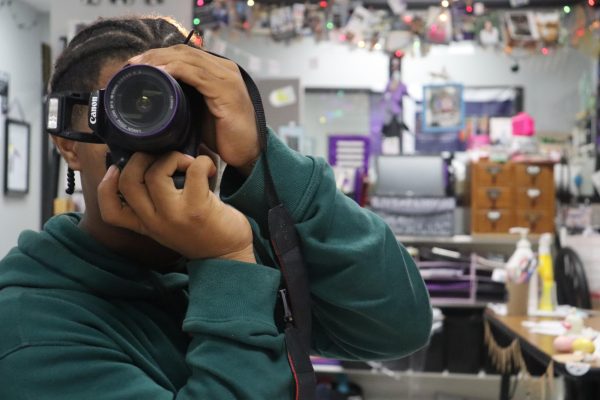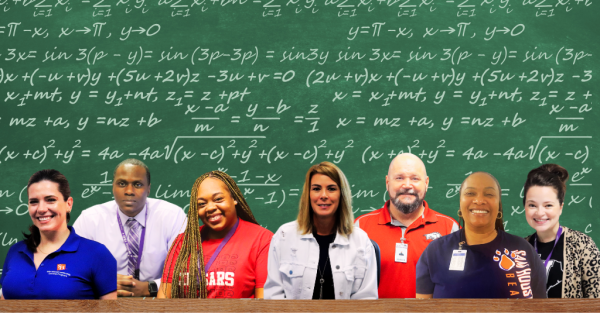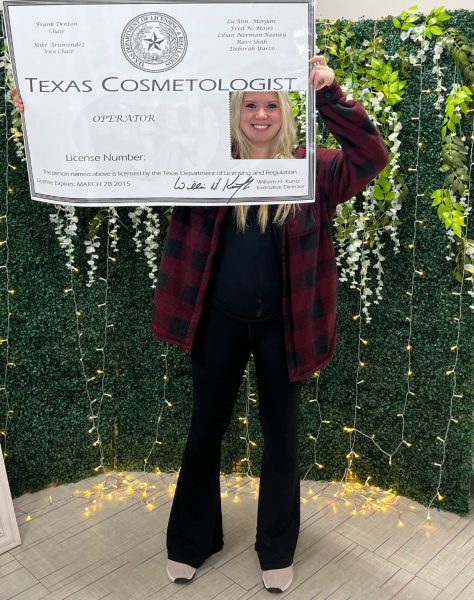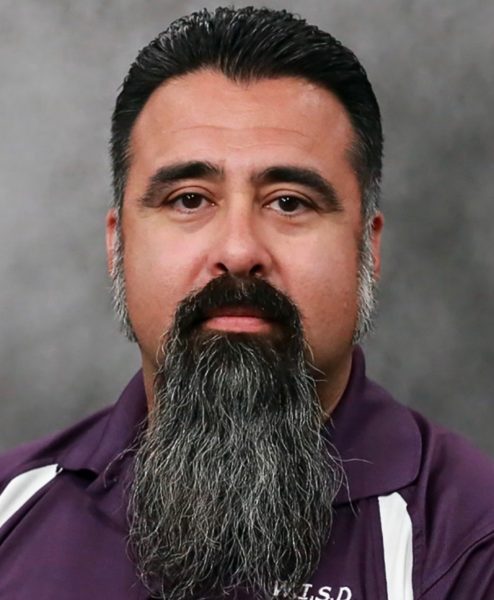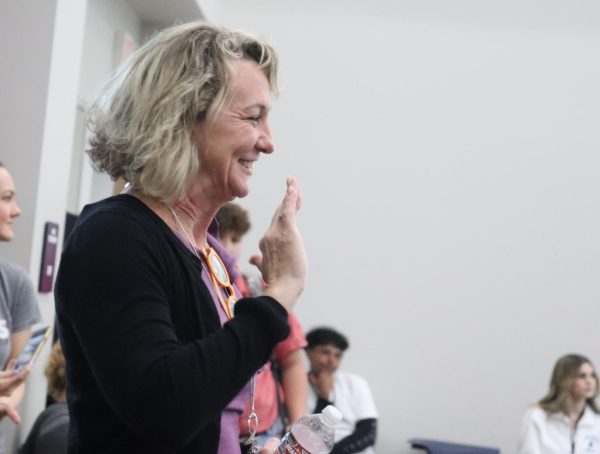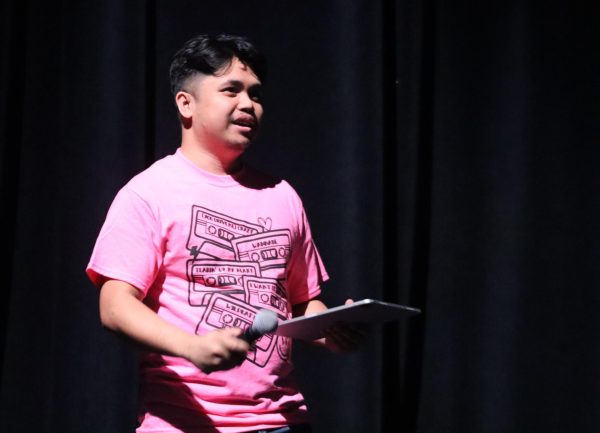Crime scene curriculum offers hands-on approach to learning
photo or infographic by Jason Clark
INVESTIGATION. Examining evidence, senior Dillyn Schultz makes sure her data is up-to-par.
Yellow caution tape surrounded desks, chalk outlines filled the front of the lab and fingerprint examinations replaced tests this week for the forensics classes’ unit on crime scene investigation. This approach gave students a chance to use their knowledge for real-world scenarios and not multiple-choice questions.
“Students got to see what investigators do with a real crime. I want them to know how to process an actual crime
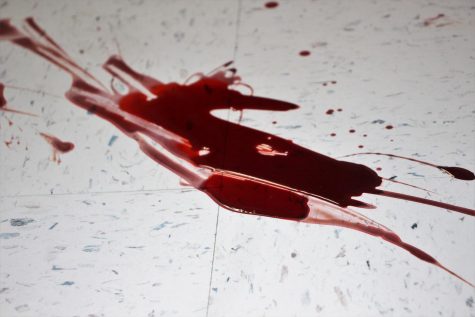
scene,” forensics teacher Cecilia King said. “They have to physically measure all of the evidence, make sure they’ve collected all of the data in a scientific manner and read fingerprints. People learn better when they touch things with their bare hands.”
The theory that students absorb knowledge better through kinesthetic means may be true. Some Wildkats believe that the opportunity to work on a life-like crime scene helped them retain information.
“Doing this assignment helped me understand how to search for evidence properly in a crime scene,” junior Annabelle Dahlberg said. “I think it helps us because it gives students experience. The assignment shows us not just how to do something, but what to do in certain scenarios.”
The physical style of learning proved beneficial to some students. It may even be an improvement on old teaching tactics.
“This way of doing work is definitely more effective for me because I got a great grade on the assignment,” junior Miracle Carter said. “Having my actual hands on the scene rather than a piece of paper definitely brought other parts of the unit to my attention.”
This way of learning is definitely more effective. — Miracle Carter
Overall, Wildkats seem to appreciate the extra attention to detail that comes with a physical learning experience. A change of style can be challenging and exciting.
“Students get better grades when they use their hands for an assignment,” King said. “Class members always walk in with a smile on their face when they see that they won’t be sitting at a desk doing something repetitive.”
Your donation will support the student journalists of Willis High School. Your contribution will allow us to purchase equipment and cover our annual website hosting costs.

Stone Chapman has been on yearbook and newspaper staff for one year. After ending the 2021-2022 school year with a best of SNO award and story with 47,000...
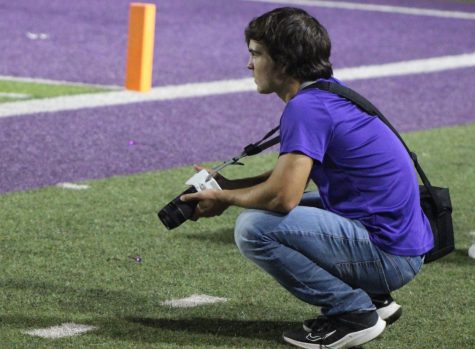
Jason Clark is a senior at Willis High School and is currently enrolled in newspaper and yearbook. Jason is a four-year journalism student and has placed...


